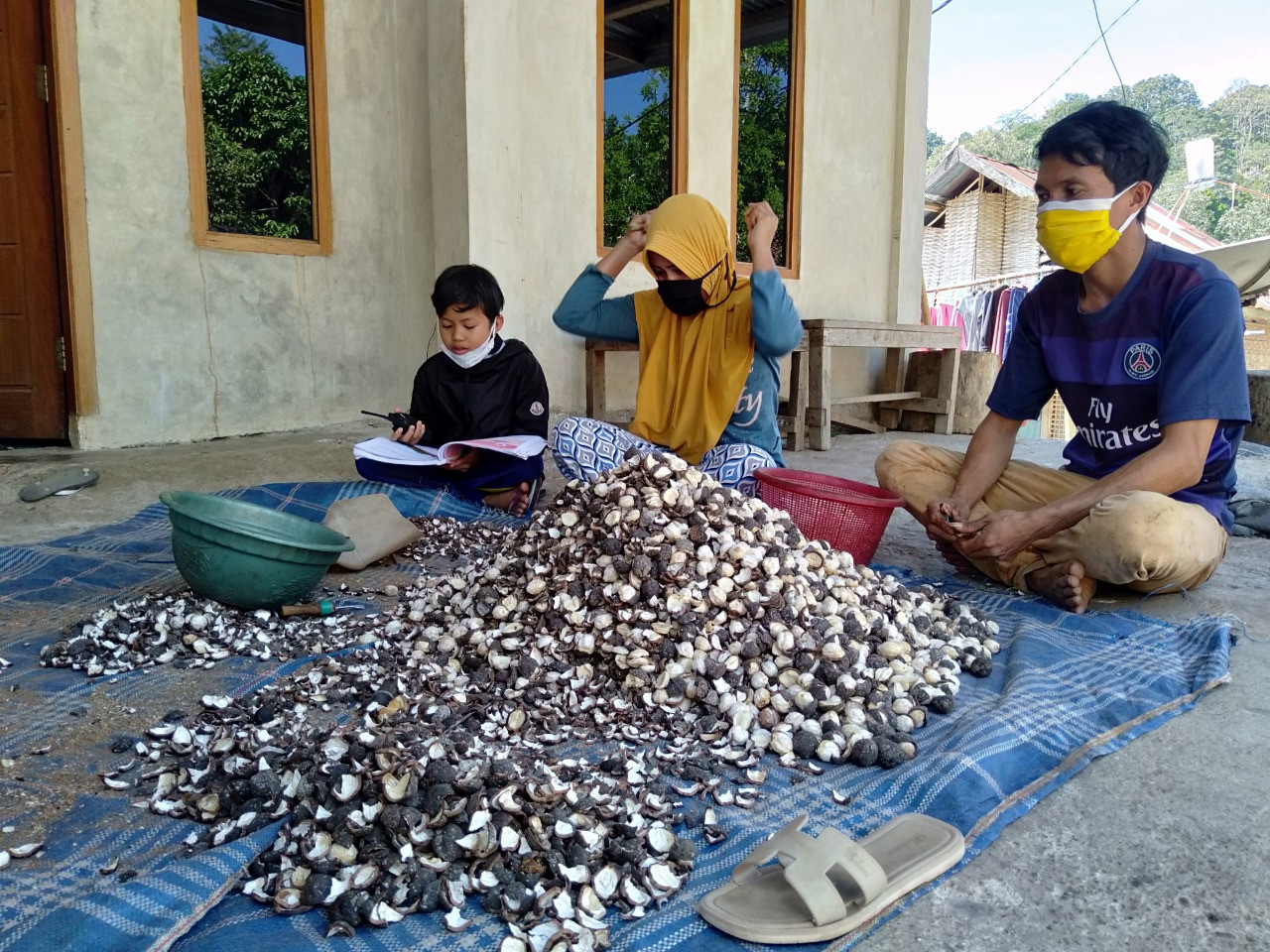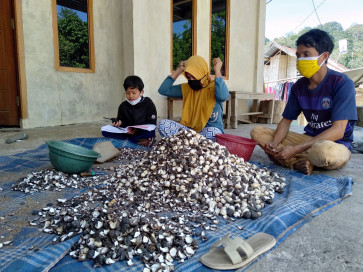Popular Reads
Top Results
Can't find what you're looking for?
View all search resultsPopular Reads
Top Results
Can't find what you're looking for?
View all search resultsRemote communities find alternatives to 'online' learning, bridge digital divide
Rather than wait for the government to start promoting educational innovation, schools and communities have come up with their own solutions to support distance learning and bridge the digital divide.
Change text size
Gift Premium Articles
to Anyone
T
he government recently allocated Rp 7.2 trillion (US$ 532 million) to fund a subsidy scheme for mobile phone credits and mobile data packages to ensure the success of its distance education (PJJ) policy, as schools remain closed to prevent coronavirus transmission.
But the gaping digital divide between schools, students and teachers across the country, especially in outlying rural areas, has proven a significant impediment to implementing the PJJ policy.
Read also: State distance learning plan fails to account for poor, disconnected students
Some schools, however, have come up with creative ways to bridge the digital divide by cutting out the “digital” component. One solution was seen in a recent viral video that shows students studying with the help of a device invented during World War Two: the walkie-talkie.
“I will give you 30 minutes to complete the assignment. After that, bring it to school, one at a time. And don’t forget to wear your mask. Over,” a teacher’s voice comes from a walkie-talkie on a table. Beside it, a student is seen carefully taking notes as a classmate asks a question on the air.
The teacher and the student in the footage live in Punik, an inland hamlet with very poor internet connectivity. It is located some 45 kilometers from Sumbawa Besar, the capital of the island-regency of Sumbawa in West Nusa Tenggara.
There, students and teachers alike have revived the use of the two-way radio communication device in favor of on-air, rather than online, learning.


















